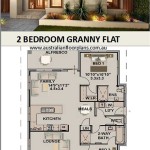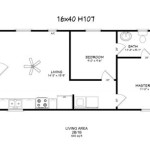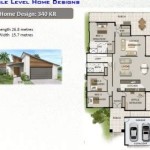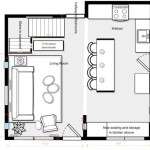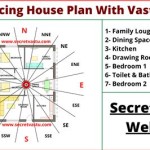Essential Aspects of House Floor Plans
A house floor plan serves as a blueprint for your home, outlining the layout of rooms, walls, and other structural elements. Getting the floor plan right is crucial to creating a functional and aesthetically pleasing living space. Here are some key aspects to consider:
Traffic Flow
The floor plan should facilitate smooth traffic flow throughout the house. Avoid creating bottlenecks or dead ends by ensuring adequate space for movement in hallways, doorways, and other areas where people might congregate. Consider the natural flow of daily routines and design the layout accordingly.
Room Relationships
Think about how the different rooms in your house will be used and how they relate to each other. For example, the kitchen should be easily accessible from the dining room and living area. Bedrooms should be located in a quiet part of the house, while bathrooms should be conveniently situated near bedrooms.
Natural Light and Ventilation
Natural light not only brightens up the house but also reduces energy consumption. When designing the floor plan, pay attention to the placement of windows and doors to maximize natural light. Cross-ventilation is also essential for maintaining good air quality, so consider incorporating features that allow air to circulate throughout the house.
Functionality and Space Planning
The floor plan should accommodate your lifestyle and needs. Determine the number of bedrooms, bathrooms, and other rooms you require. Consider the size and shape of each room, as well as the placement of windows, doors, and closets. Efficient space planning will create a comfortable and functional living environment.
Structural Requirements
Beyond the aesthetic and functional aspects, the floor plan must also comply with building codes and structural requirements. Consider the load-bearing capacity of walls, the placement of beams and columns, and the overall stability of the structure. A professional architect or engineer can assist with these technical details.
Exterior Considerations
While the focus is typically on the interior layout, don't neglect the exterior when designing the floor plan. Consider how the house will fit into its surroundings, including the topography, landscaping, and neighboring structures. Ensure that windows and outdoor spaces offer desirable views and privacy.
Flexibility and Future Expansion
Life changes can require adjustments to your living space. A well-designed floor plan should allow for flexibility and future expansion. Consider incorporating multi-purpose rooms or open floor plans that can be easily reconfigured. Anticipate potential changes in family size or lifestyle and plan accordingly.
Remember, creating a perfect floor plan is an iterative process that requires careful planning and attention to detail. By considering these essential aspects, you can design a house that meets your needs, enhances your lifestyle, and stands the test of time.
House Plans How To Design Your Home Plan

House Plans How To Design Your Home Plan

Floor Plans Types Symbols Examples

How To Draw A Floor Plan Live Home 3d

Genius Homes 3 4 Bedroom House Plans Prefabricated Houses Floor

3 Bedroom House Plans Your Guide To Perfect Home Design

Beautiful Three Bedroom House Plans Blog Floorplans Com

Simple 3 Room House Plan Pictures 4 Nethouseplans

Pin On House

Low Budget Simple House Design Plans For Builders Blog Builderhouseplans Com



